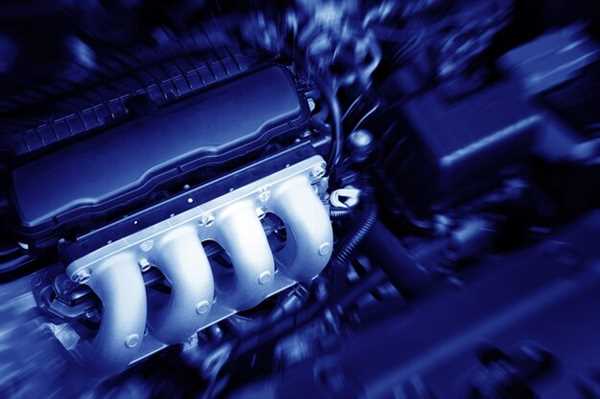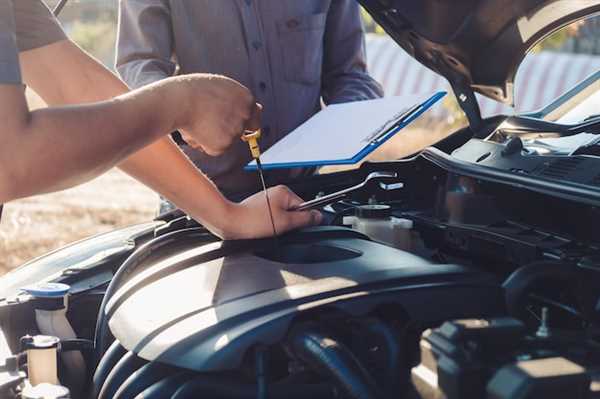
To elevate the durability and functionality of electric vehicles, integrating advanced energy solutions is paramount. Prioritize the use of liquid cooling systems to maintain optimal temperature ranges, which enhance energy density and lifespan.
Customizing charge cycles based on driving conditions can significantly impact the overall performance of your vehicle. Implementing a smart charging protocol allows for on-the-fly adjustments that maximize efficiency, especially during competitive scenarios.
Consider utilizing high-quality, lightweight materials in the composition of energy cells. This not only contributes to weight reduction but also accelerates thermal management, paving the way for improved agility on the track and the road.
Analyzing power needs against energy outputs can reveal insights into operational efficiency. Regular telemetry assessments help pinpoint areas where you can optimize usage, ensuring your automobile remains at peak readiness.
Optimizing Thermal Management for Lithium-Ion Batteries
Implement advanced cooling solutions like liquid cooling systems to maintain optimal temperature ranges. Ensure the coolant circulates effectively around the cells to mitigate hotspots and enhance thermal uniformity.
Integrate phase change materials (PCMs) within the thermal management system. These materials absorb and release thermal energy, providing stable temperatures during charge and discharge cycles, particularly in high-demand scenarios.
Employ thermal insulation techniques that minimize heat loss during operation. This can improve the efficiency of heat exchange processes while protecting sensitive components from temperature variances.
Utilize active thermal control algorithms. Implementing real-time monitoring systems allows for dynamic adjustments based on operational conditions and environmental factors, thus optimizing thermal responses.
Increase airflow around the power source housing. Designing the vehicle structure to enhance natural airflow can contribute to passive cooling, reducing reliance on active systems and improving energy retention.
Incorporate temperature sensors throughout the pack. This feedback loop can inform the control system about specific thermal states, enabling localized cooling measures and avoiding overall system strain.
Consider the arrangement of cells within the assembly. Strategically positioning cells by thermal characteristics may lead to balanced heat distribution, minimizing thermal gradients across the setup.
Review the energy release profile of various driving conditions. Understanding how thermal loads change during high acceleration, braking, and cornering helps in fine-tuning cooling systems for maximum efficiency.
Implementing Battery State of Charge and Health Monitoring

Integrate a sophisticated monitoring system that continually assesses the charge level and condition of the energy source. Utilize high-precision voltage and current sensors to obtain real-time data, ensuring accurate calculations of the state of charge (SOC). This can be achieved through an algorithm based on the Coulomb counting method paired with an open circuit voltage (OCV) approach to increase precision.
Incorporate impedance spectroscopy to evaluate the health of the energy unit, providing insights into internal resistance and capacity fade. This information is critical for early detection of degradation and enables proactive maintenance or replacement, extending the lifespan of the unit.
Implement machine learning techniques to analyze historical performance data. By predicting future behavior based on past trends, the system can adapt its charging cycles to optimize battery longevity and performance. Establish thresholds for SOC and health metrics, allowing for automatic alerts when levels fall below predefined limits.
Ensure that the interface communicates this data in an intuitive manner to the driver, displaying crucial SOC levels and health indicators clearly. This transparency enhances user confidence and enables informed decisions regarding energy usage, maintenance, and potential replacements.
End with routine calibration of monitoring equipment to maintain accuracy, regularly validating sensor outputs against known references. This practice guarantees that the system evolves with the unit, adapting to changes in performance characteristics over time.
Advanced Charging Techniques for Enhanced Longevity and Performance

Implement partial charging cycles to prolong lifespan. Frequent top-offs reduce stress on cells, promoting longevity. Aim for maintaining charge levels between 20% and 80% for optimal health.
Utilize smart chargers equipped with algorithms that adjust current flow based on temperature and cell condition. This enhances efficiency and mitigates risks associated with overheating during the process.
Consider utilizing fast charging sparingly. While beneficial for quick power ups, prolonged use may accelerate wear. If possible, save rapid charging for emergency situations.
Incorporate balancing techniques that equalize charge across cells. Disparities can lead to uneven wear, diminishing overall effectiveness. Regular monitoring of cell voltage can aid in this process.
Explore temperature management options during charging. High temperatures can degrade materials quickly. Implementing cooling systems can help maintain optimal thermal conditions.
Recharge after short drives or track days to prevent depletion. Low energy levels can strain the components, while consistent topping can maintain health, expediting recovery for high-output scenarios.
Choose charging stations equipped with advanced features like adaptive charging profiles. These adjust parameters automatically, ensuring tailored responses that cater to the specific needs of the vehicle.
Utilize regenerative systems. This not only recuperates energy during braking but also keeps the components in a more favorable state. Implementing this while driving enhances both performance and longevity.
Finally, stay updated on the latest charging technologies. Advancements often introduce new protocols that can significantly enhance both lifespan and efficacy of energy sources in modern vehicles.



